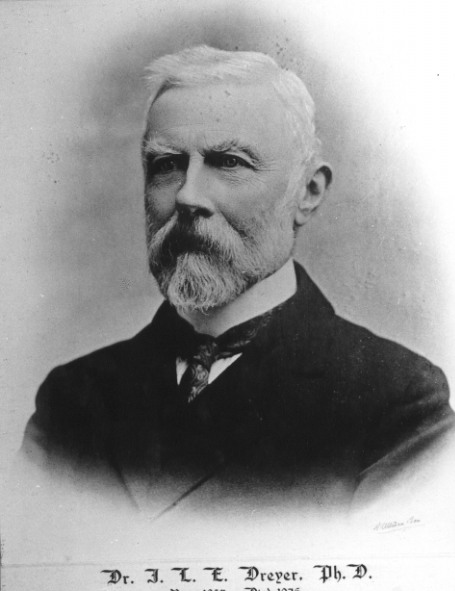Speculum is an alloy of copper and tin with a dash of arsenic---which gives it that extra kick---invented for reflector telescope mirrors by Isaac Newton (1643--1727).
It is brittle, tarnishes easily, and reflects only about 16 % of incident visible light.
By the later 19th century, reflector primary mirrors were made of glass (eventually borosilicate glass: see Wikipedia: Borosilicate glass: optics) with a thin reflective coating first of silver and later of aluminum (Wikipedia: History of the telescope). No more speculum.
The telescope mount was an altazimuth mount with such limited range in azimuth that was close to a transit mount (Wikipedia: Leviathan of Parsonstown: Side note).
Astronomical objects could be observed for about an hour centered on their transits of the meridian.
It is NOT unusual that greatest discoveries are made early on with an new instrument. Whenever a new advanced instrument comes online, it is natural that its new capabilities are used to discover new things very quickly. The new discoveries that are possible are then sometimes exhausted though sometimes NOT as for example with the Hubble Space Telescope (HST, 1990--2040?, d = 2.4 m, Cassegrain reflector).
Dreyer's
New General Catalogue (NGC: 1888)
and the
Index Catalogue (IC: 1895, 1908)
of deep-sky objects
include
many spiral nebulae.
Many nearby galaxies are still known by
their NGC numbers
or IC numbers.
